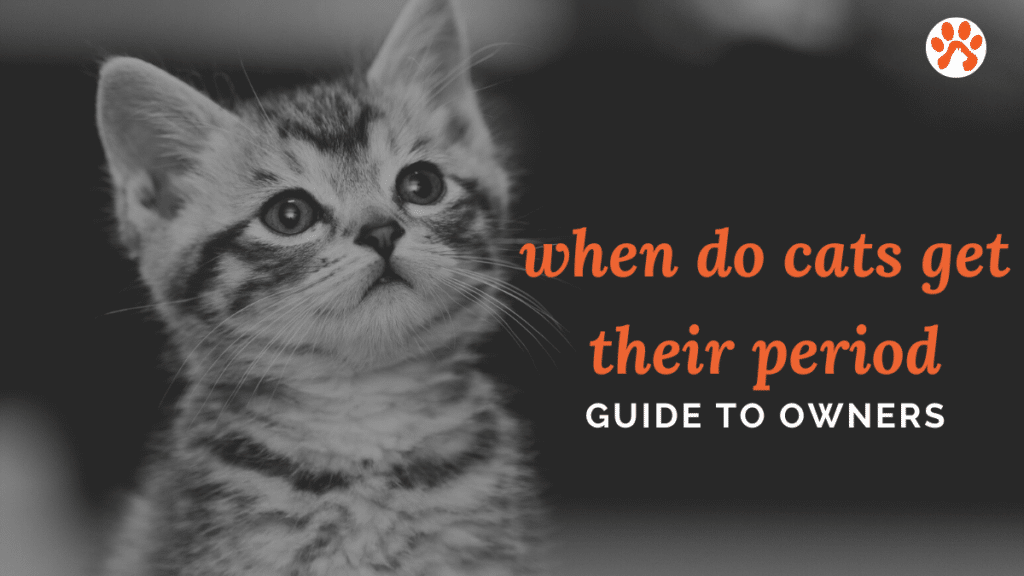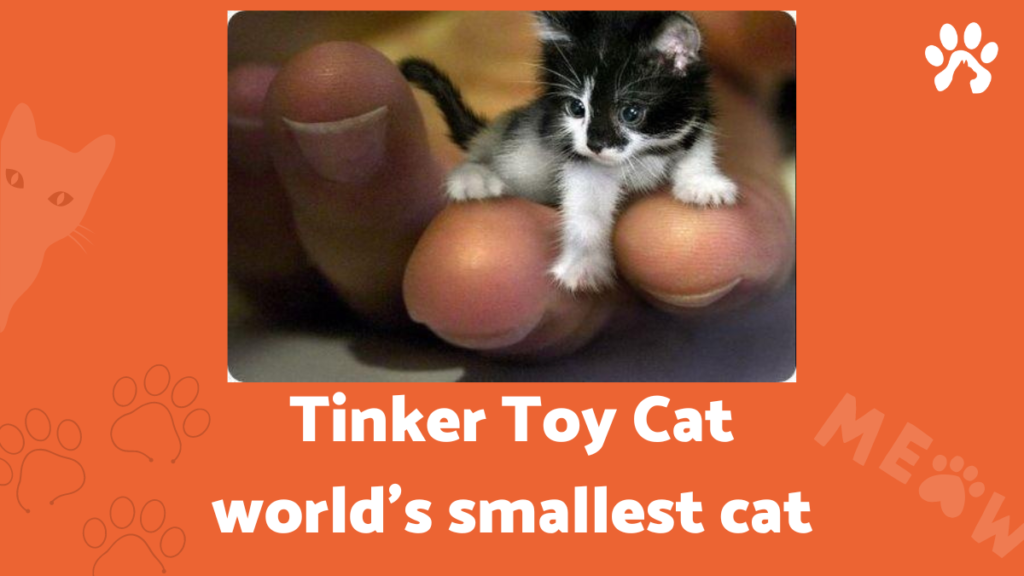Learn when do cats stop growing and how to ensure your feline friend’s healthy development. Discover key milestones, factors affecting growth, and expert advice.
Introduction
Cats are fascinating creatures, and as cat owners, we often find ourselves marveling at their growth and development. If you’ve ever wondered when your furry friend will reach their full size and what factors influence their growth, you’re in the right place. In this comprehensive guide, we’ll delve into the topic of when do cats stop growing. We’ll explore the key stages of feline development, factors that play a role, and offer valuable insights based on both expertise and personal experience.
When Do Cats Stop Growing: Understanding Feline Growth
The Importance of Knowing
Understanding when cats stop growing is crucial for several reasons. It allows you to monitor your cat’s health and development effectively. It also helps you provide the right nutrition and care at each stage of their life. Let’s dive deeper into this topic.
Key Growth Stages
Cats go through distinct growth stages, and it’s essential to recognize them to answer the question, “When do cats stop growing?” Here are the primary stages:
Kittenhood (0-6 Months)
During this phase, kittens experience rapid growth. They are adorable balls of energy, and their size changes significantly in a short period. Proper nutrition, including kitten-specific food, is vital at this stage to support their development.
Adolescence (6-12 Months)
As cats transition from kittens to adolescents, their growth rate slows down. You’ll notice that they become more independent and may need fewer feedings. This stage is crucial for socialization and training.
Young Adulthood (1-2 Years)
Around the age of one, most cats enter young adulthood. Their growth continues, albeit at a much slower pace. This phase is essential for establishing long-term health habits.
Adulthood (2-5 Years)
Cats are considered fully grown when they reach two to five years of age. However, their personalities and behaviors can continue to evolve throughout their lives.
Senior Years (6+ Years)
Beyond five years, cats are considered seniors. While they may not grow in size, their health and nutritional needs change. Regular vet check-ups become even more critical.
Factors Influencing Growth
Several factors can influence a cat’s growth rate and final size. Let’s explore these factors in detail.
1. Genetics
Genetics play a significant role in determining a cat’s size. If you know your cat’s breed, you can get a rough estimate of their potential size. Keep in mind that mixed-breed cats may exhibit a wide range of sizes.
2. Nutrition
Proper nutrition is crucial for healthy growth. During kittenhood, it’s essential to provide a balanced diet rich in protein and nutrients. Consult your veterinarian for dietary recommendations.
3. Spaying/Neutering
The timing of spaying or neutering can impact growth. Cats neutered or spayed before six months of age might grow slightly larger due to delayed closure of growth plates.
4. Health Issues
Health problems can affect growth. If you suspect your cat’s growth is stunted or excessive, consult a veterinarian to rule out underlying health issues.
Expert Advice: Promoting Healthy Growth
As a responsible cat owner, you can take specific steps to ensure your feline companion’s healthy growth:
- Consult your vet for a tailored feeding plan.
- Provide regular exercise and mental stimulation.
- Monitor your cat’s weight to prevent obesity.
- Keep up with vaccinations and wellness checks.
- Create a safe and stimulating environment.
The ages and stages of a cat’s life
FAQs
How can I tell if my cat has stopped growing?
You can usually tell if your cat has stopped growing when they reach two to five years of age. However, growth may slow significantly after the first year.
Can I influence my cat’s growth through diet?
Yes, a balanced diet is essential for healthy growth, especially during kittenhood. Consult your vet for guidance on the right food for your cat’s age and breed.
Is it true that male and female cats grow differently?
Yes, male cats tend to be larger than females of the same breed. However, there can be variations depending on individual genetics.
What if my cat’s growth seems stunted?
If you suspect your cat’s growth is stunted, consult your vet. Underlying health issues or malnutrition could be the cause.
Should I spay/neuter my cat for better growth?
Spaying or neutering your cat is essential for population control and preventing certain health issues. The impact on growth is minimal and varies by individual.
Are there specific growth milestones I should be aware of?
While there are general growth stages, individual cats may reach milestones at different times. Regular vet check-ups can help ensure your cat’s growth is on track.
Conclusion
Understanding when do cats stop growing is vital for responsible pet ownership. Cats go through various growth stages, and several factors can influence their final size. By providing proper nutrition, healthcare, and a loving environment, you can ensure your feline friend reaches their full potential. Remember that every cat is unique, so consult your veterinarian for personalized guidance on your cat’s growth journey.
You May Also Like: How Long Do Cats Grow? Find out the 3 major factors affecting their growth

